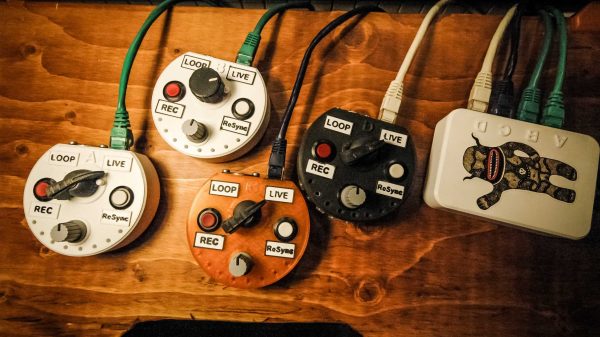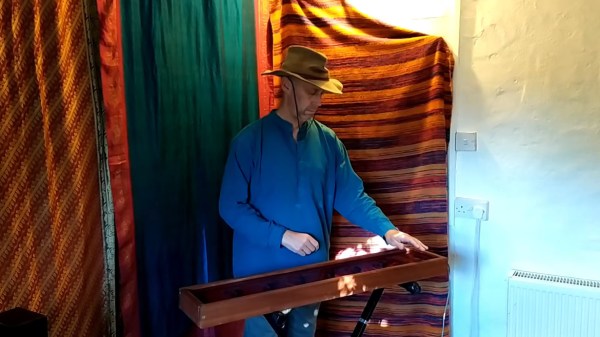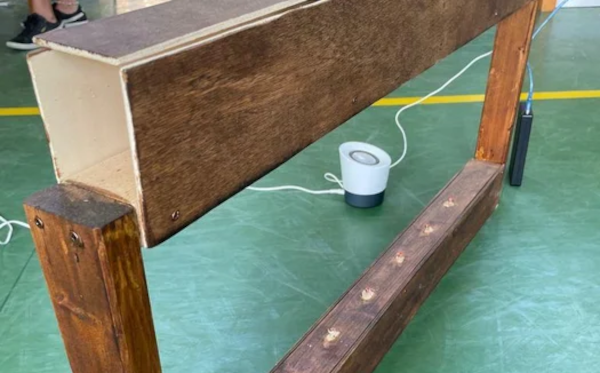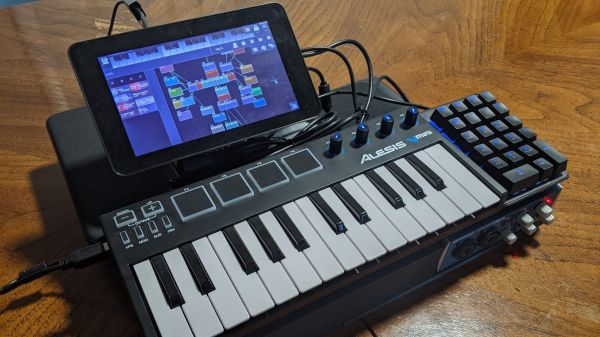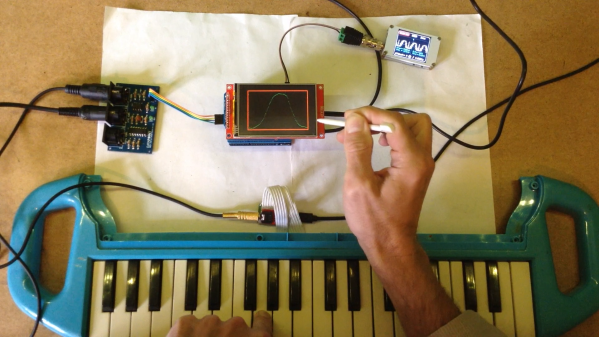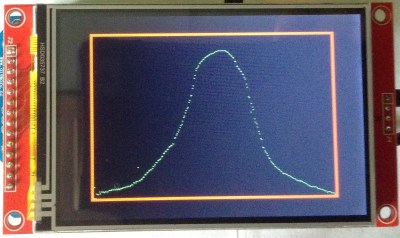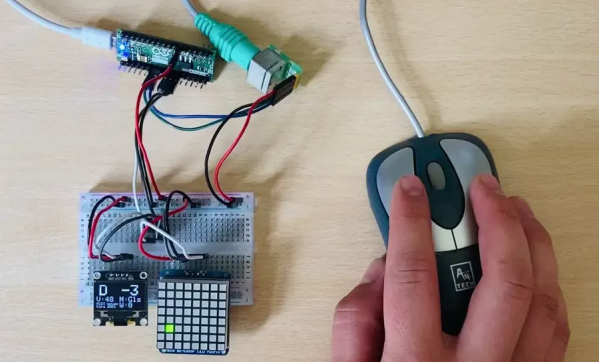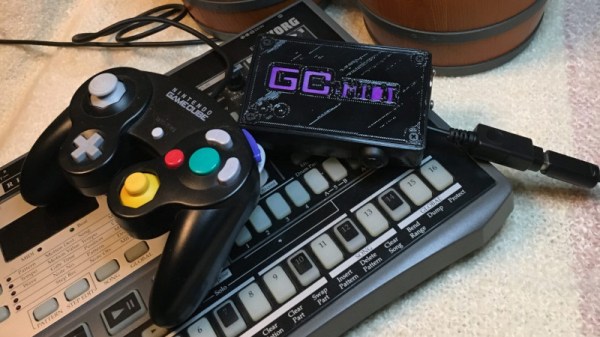Jamming live with synths and drum machines can be fun, but for [Christian], there was a little something missing. He was looking for a way to keep everyone in the group on the beat and rocking out, and decided to build something to help.
The ethos of the build was to put one person ultimately in charge of the mix using Ableton. This stops the volume race, as each musician turns their own volume up and the jam devolves into a noisy mess. Each musician also gets a sync button they can hit if their instrument has drifted out of time. Everyone in the jam also gets their own monitor signal in their headphones, as well as a looper as well.
Individual players in the electronic jam can whip up a cool little loop, and spit it out to the main controller running Ableton using the looper. Then, they can mix up something else in their headphones without disrupting the main mix, before spitting it out as a loop again.
[Christian]’s demo video does a great job of showing how it all works. We particularly like the sync button, which gets rid of the usual frustrations when a sequencer in the jam trips over the tempo signal.
It’s all built with a Teensy, and seems like a great way to organize a jam with a bunch of different synths and drum machines. We’d certainly love to join in the fun.
We’ve seen other fun jam kits too, like this neat networked solution. Video after the break.
Continue reading “Live Jam Kit Helps Electronic Musicians Stay In Sync”

